Jigsaw saws for metal: types and selection rules

Metal can be cut with different tools, but it is not always convenient to use, for example, a grinder or a hacksaw for metal. In some cases, a manual or electric jigsaw with appropriate files is more suitable for the case.
To make the cut as accurately as possible, it is important to choose the right saw blade for the job.


Marking
Whether a metal saw is suitable for a jigsaw for use in a particular case, and whether it is suitable for a tool made by a particular manufacturer, can be determined by the markings indicated on the blades. Gaining experience with a jigsaw, people easily begin to understand the symbols on the canvas. The first letter on it indicates the type of shank.

It can be identified with the letters T, U or M, although there are other standards depending on the selected tool. From the markings on the canvas, you can also read its dimensions. They are indicated immediately after the letter with the shank type designation. The shortest file is no longer than 75 mm. The average is considered to have a size in the range of 75–90 mm.
The longest are those whose lengths are from 90 to 150 mm. The digital designation is followed by an indication of the size of the teeth:
- small ones are indicated by the letter A;
- medium - B;
- large - C or D.


There is one more designation indicating the features of the saw:
- letter F indicates the use of an alloy of two metals in the file material, which provides the special strength of the product;
- the letter P indicates that the saw allows you to make an accurate cut;
- the letter O indicates that the back of the file is especially narrow, and such a product can be used for curved cuts;
- X: This blade is suitable for cutting various materials, including metal products.
- designation R - reverse, that is, the saw teeth are directed in the opposite direction.
The color indication on the shank also speaks volumes. To work with metal, choose products with a blue designation on it. White color indicates that the file is suitable for both metal processing and woodwork. And also special inscriptions can indicate the purpose of working with metal things.
For cutting stainless steel, a blade with the designation Inox is suitable, just for metal - Metal, and for cutting aluminum - Alu.


Views
To work with jigsaws of different companies, files with a shank of one form or another are used. T-shaped - the development of Bosch. Today, such shanks are used by other manufacturers for their tools. There are saws with a similar base on the market very often. The U-shaped shank is more suitable for jigsaws that have been on the market longer than those made by Bosch. They fit together with a tool that has pad-type clamps. There are also old-style shanks that fit Bosch and Makita tools.


It should be borne in mind that in addition to files for working with metal, there are those with which they make cuts on wood, plastic and other materials. In particular, jigsaws powered by electricity were originally intended for wood processing. If for working with wooden products, saws made of an alloy of chromium and vanadium are used, then blades for working with metal are made of steel, capable of quickly sawing strong metal sheets and other things from such a hard material. The stronger the metal being cut, the finer the teeth on the blade. The width of the web also varies.
It all depends on what kind of work is supposed to be done. The wide one allows you to make a straight cut at high speed without the fear of getting off the chosen path. This will also depend on the thickness of the web. The thicker it is, the more likely it is to cut the metal in a perfectly straight line. For curly cutouts, narrow blades are suitable, allowing you to easily make intricate turns.
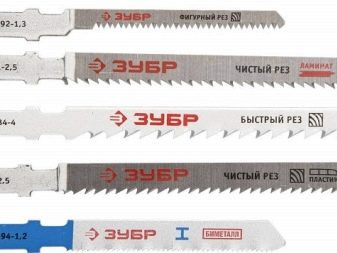

The shape of the teeth on a file designed for cutting metal is also important. Some instruments have very shallow and wavy cutouts, allowing you to make even cuts, making small turns if desired. Such blades are intended for cutting materials with a thickness of 1-3 mm. To cut various metal products or pieces of metal with a greater thickness, blades with set teeth help, the number of which increases by an inch towards the edge. They are capable of cutting materials up to 10 mm thick, such as brass, copper and aluminum products and sheets.

Files are also distinguished by the distance between their teeth. The calculation is based on how many teeth are in one inch. This is evidenced by the TPI indicator. Files for a hand jigsaw differ in that they are easy to adjust to the size of a specific tool, for example, to set it with a length of 150 mm. For jewelry hand jigsaws, depending on the thickness of the metal product being processed, you can choose the file number from 8/0 to 8.

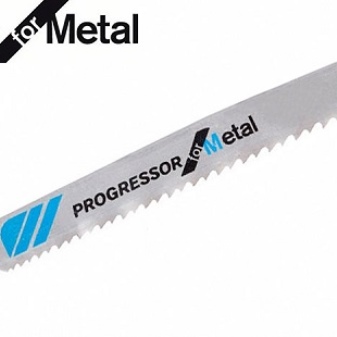
The width of such sawing devices is very small. From a distance, the delicate canvas looks like a string. This allows you to easily make bends on the metal, creating an especially thin pattern with their help. Among all the variety of jigsaw files available in circulation, you can find universal ones. It is believed that they are suitable for working with wood, and with plastic and metal. But, as practice shows, their use, including on metal objects, does not provide a good cut quality.

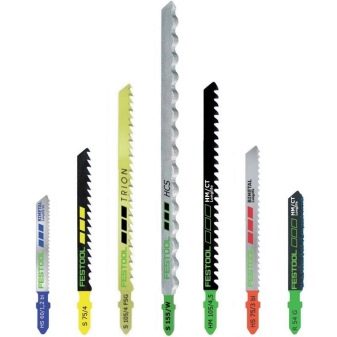
How to choose?
When choosing files for a jigsaw, with which metal will be processed in the future, you should consider:
- features of an electric or manual jigsaw available on the farm;
- marking on jigsaw blades;
- type of proposed work.

The brand under which these or those saws are produced is also of great importance. It is advisable to give preference to well-known brands and not buy at the seductively low price of the product. Behind a fashionable name, in fact, counterfeit products may be hidden, which will bring nothing but disappointment during use. For example, unscrupulous manufacturers often use the Bosh brand to draw attention to their products.

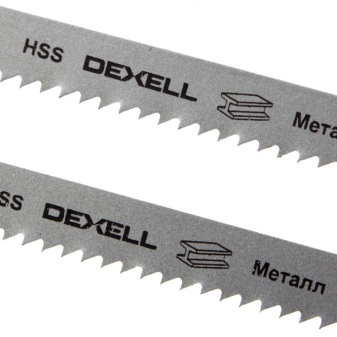
The counterfeit files sold under this brand are stamped. This can be seen if you look closely at the teeth of such cutting objects. On the one hand, they have a slight rounding, while the original ones have perfect geometry. In addition, branded files can be bought not by the piece, but only in the appropriate packaging.
When buying, any external defects of the product should be alarming, signaling that a marriage is in the hands. It can be not only the flaws of the metal itself, from which the files are made, but also indistinct inscriptions and drawings on the canvases. If the marking is printed crookedly, it means that you have a counterfeit product in your hands.
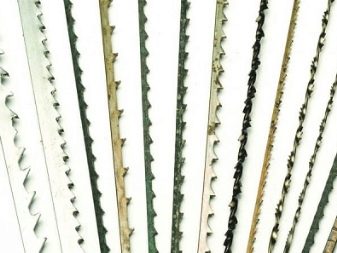
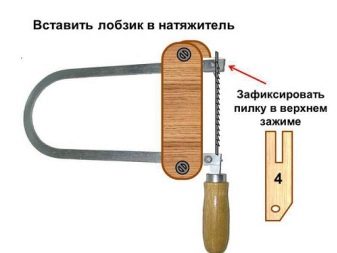
Work rules
Some of these mini-machines are not designed for processing metal products that are thicker than 5 mm. Others make it possible to cut at least 10 mm metal. Much depends on whether the jigsaw is intended for home use or professional. In order for the jigsaw files to serve for a long time, you need to use the tool itself correctly.
- The correct setting of the jigsaw will ensure the normal operation of the tool and the trouble-free operation of the used file. It will allow the device to serve as long as possible and will not allow the cutting blade to become dull.
- When working, you do not need to put pressure on the jigsaw.This will not speed up the work, but the prospect of breaking the tool will become quite real. And also you need to choose the right speed of the file. At high speed, it can become very hot, becoming less sharp and less hard.
- No matter how skillfully the master may use an electric jigsaw, he should have at least a couple of spare saws at hand.
- If a jigsaw is often used for cutting metal, you need to have separate blades for aluminum, non-ferrous metals and steel on the farm.
When the use of a jigsaw for such purposes has to be resorted to only from time to time, it is advisable to keep a saw on hand that can cut steel. This file can handle other metals as well.


- It is better to have a margin when using a hand tool, although an ordinary hand jigsaw allows you to continue using them until a certain length of the files is maintained, which makes such a machine quite economical. The jigsaw's clamping elements are designed so that you can always move the saw blade, ensuring its secure hold and keeping it in tension.
- Use protective goggles and gloves when working with any jigsaw. And also, one should not forget that a file is a very sharp tool and, if used incorrectly, a jigsaw can injure a person.
- You cannot "squeeze juice" out of a dull file, trying to use it as long as possible. From such treatment, the work can be performed poorly, and when using an electric unit with a blunt blade, the jigsaw begins to work under load and may break.
- When it comes to metalworking, nothing can last forever, and even more so for a jigsaw. But with proper selection and application of them, you can expect that they will not become frequently changed consumables.
In the next video, you will find an overview of Bosch basic saws for cutting metal products and metal surfaces.













The comment was sent successfully.